Craco: A Ghost Town In Southern Italy.
Craco survived volcanic eruptions, malaria outbreaks, the black plague and centuries of war. But in the end, Mother Nature brought it down.
An Educational Center That Survived For Centuries.
Craco is a hilltop village in the southern region of Basilicata, about 60km from Matera, that was once a monastic center, a feudal town and center of education with a university, castle, church, and plazas. When approaching Craco, you’ll immediately notice its striking appearance. Situated on a very steep summit, which was the perfect spot for defensive reasons, the town is crowned by a Norman tower.
The first written account mentioning Craco dates back to 1060 AD, but Mycenaean settlements developed the land between the 10th and 9th centuries BC. The oldest building of Craco, the magnificent Norman tower, was built in 1040. The population steadily grew to an average of 1.500 inhabitants over the next centuries with 2.600 at the highest in 1561. The construction of the Monastery of St Peter in 1630 helped established a permanent monastic order. However, in 1656 a plague struck Craco, killing hundreds and reducing the population significantly. Towards the end of the 19th century, a severe famine due to poor agricultural conditions caused a mass migration of Craco’s population. Still, many of the “Crachesi” (inhabitants of Craco) were very much attached to their beautiful medieval town and refused to leave.
So what happened? The old part of town was built on bedrock, like most hill towns. When it came time to think of expansion, the people in charge decided to plant houses on the clay that sat over the slippery slope of rock. Modern roads where a must as well and instead of each house having its own water tank, there would be a humongous water-holding tank built to distribute water to the “new city”. Lots of water in the water tank and the added weight of modern roads put an immense pressure on the big field of clay. After a torrential downpour, she came down. Half the town, gone in one sweep.
A Ghost Town Fit For The Movies.
Surviving for over a thousand years, Craco survived the plagues and its share of thieves and bandits, but finally succumbed to natural disaster when landslides occurred. In 1963, the last 1.800 residents were forced to leave Craco for their own safety and were relocated to a new town just a few kilometres away.
Today, all that is left is a ghost town. But thanks to the dramatic landscape and unique atmosphere, Craco has been the set of many movies including Mel Gibson’s the Passion of the Christ or James Bond 007 Quantum of Solace and is a popular tourist destination in the area.
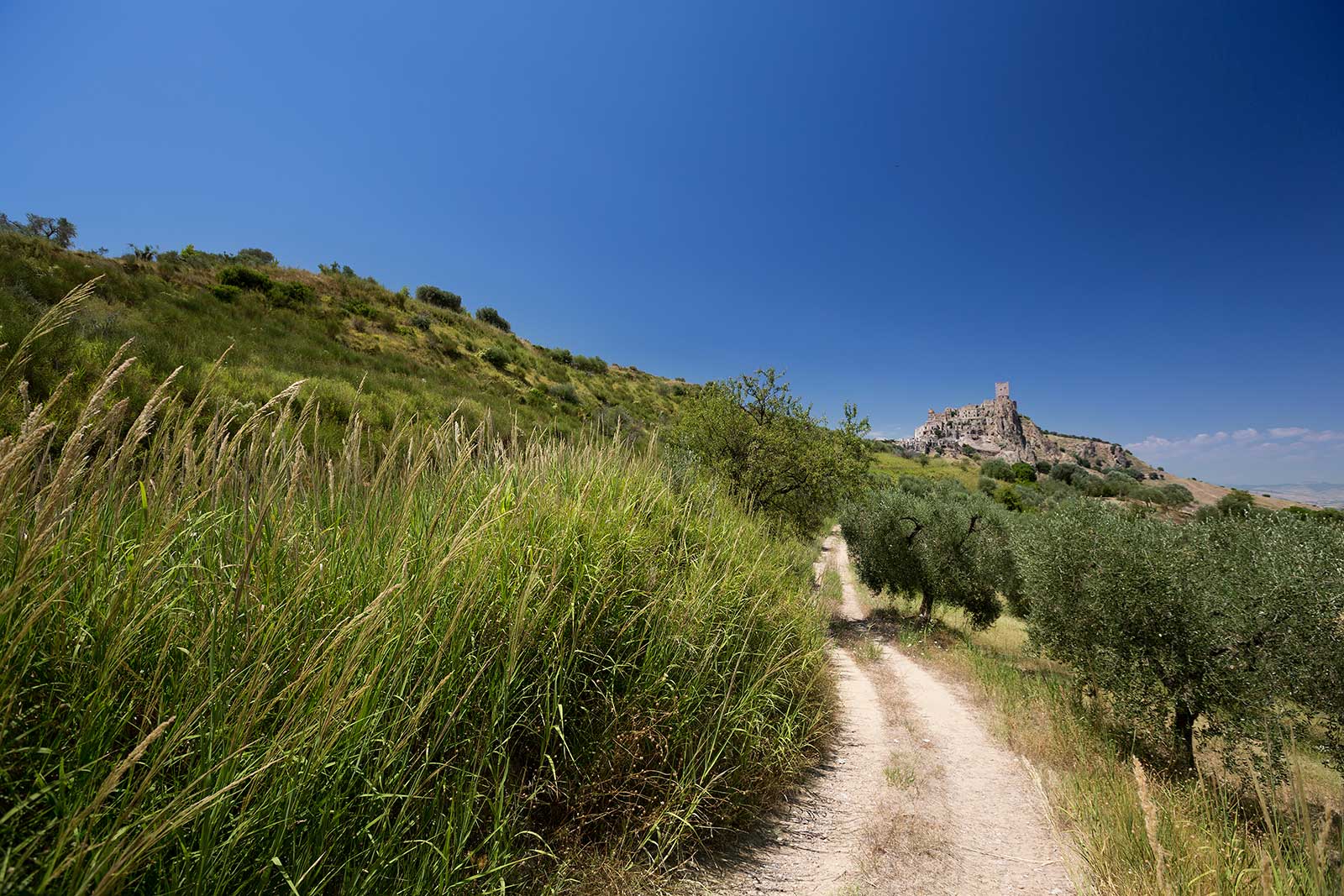
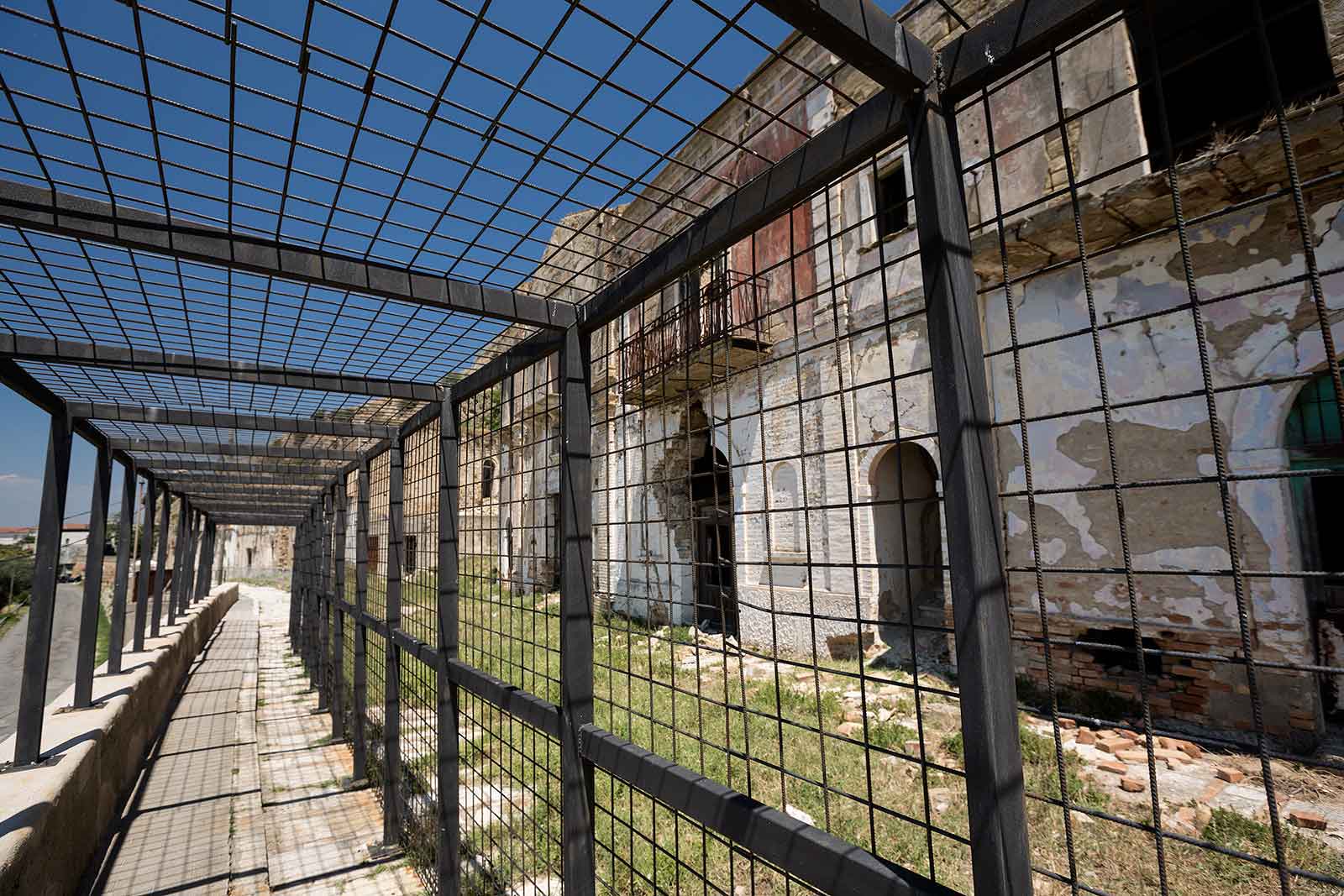
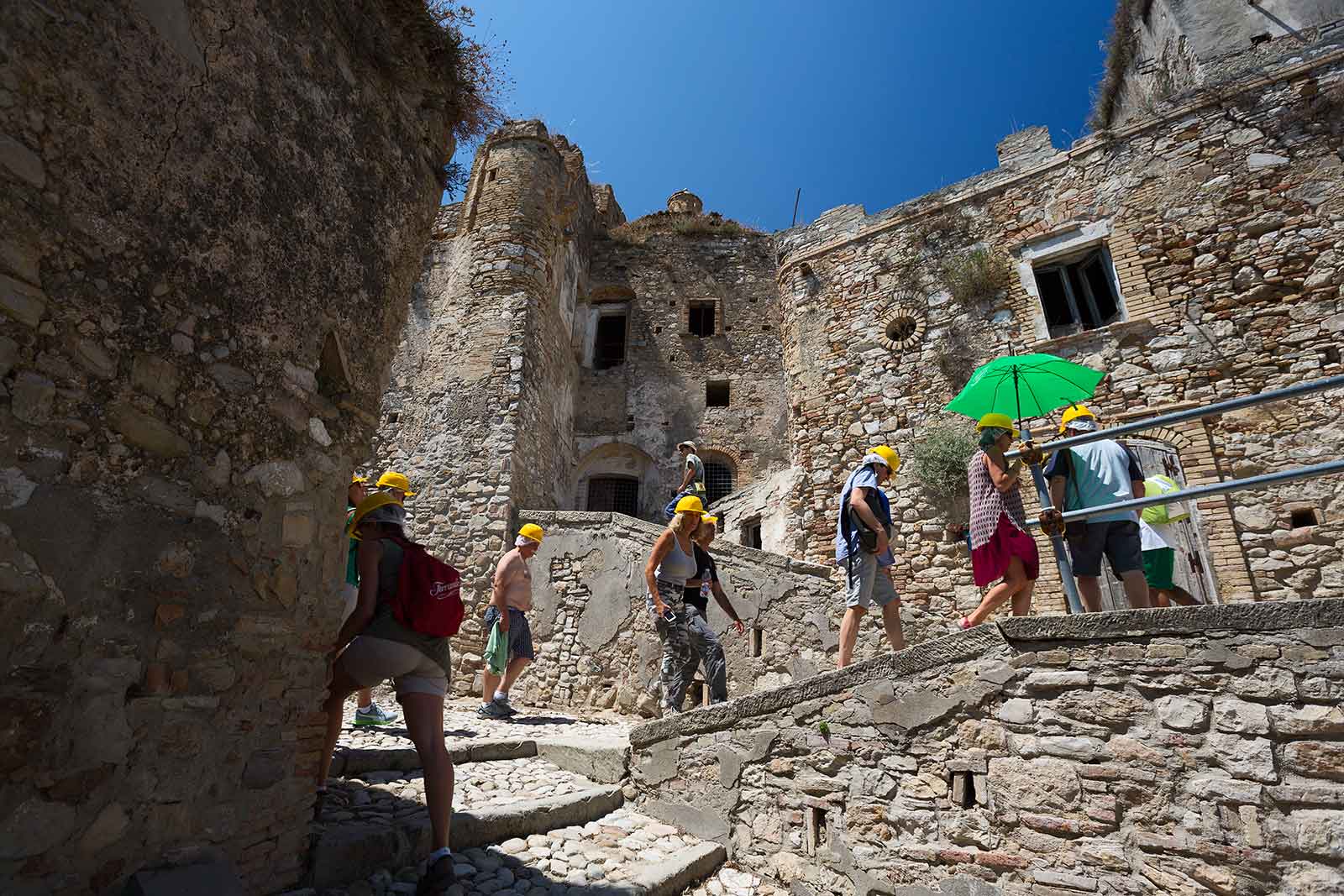
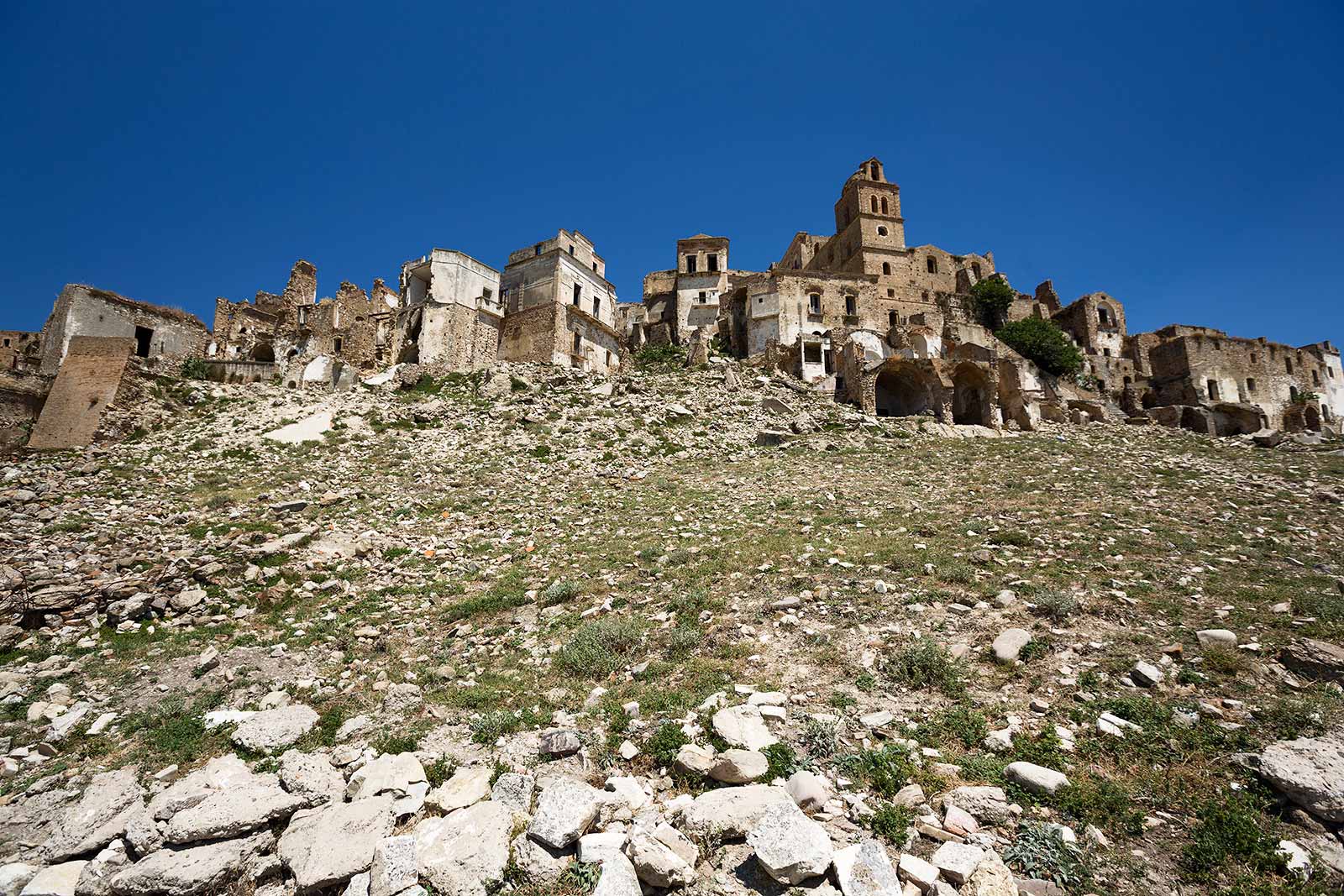
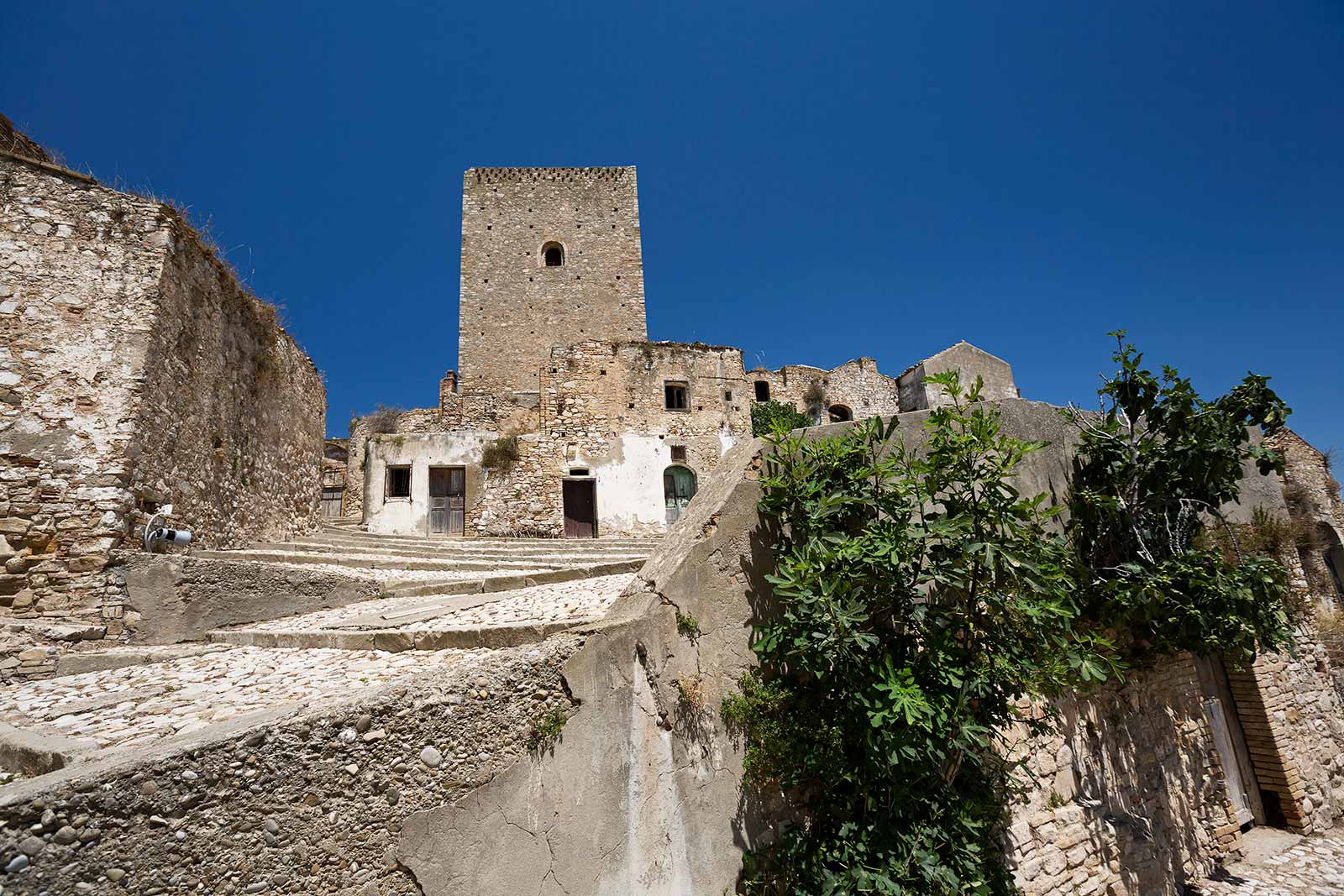
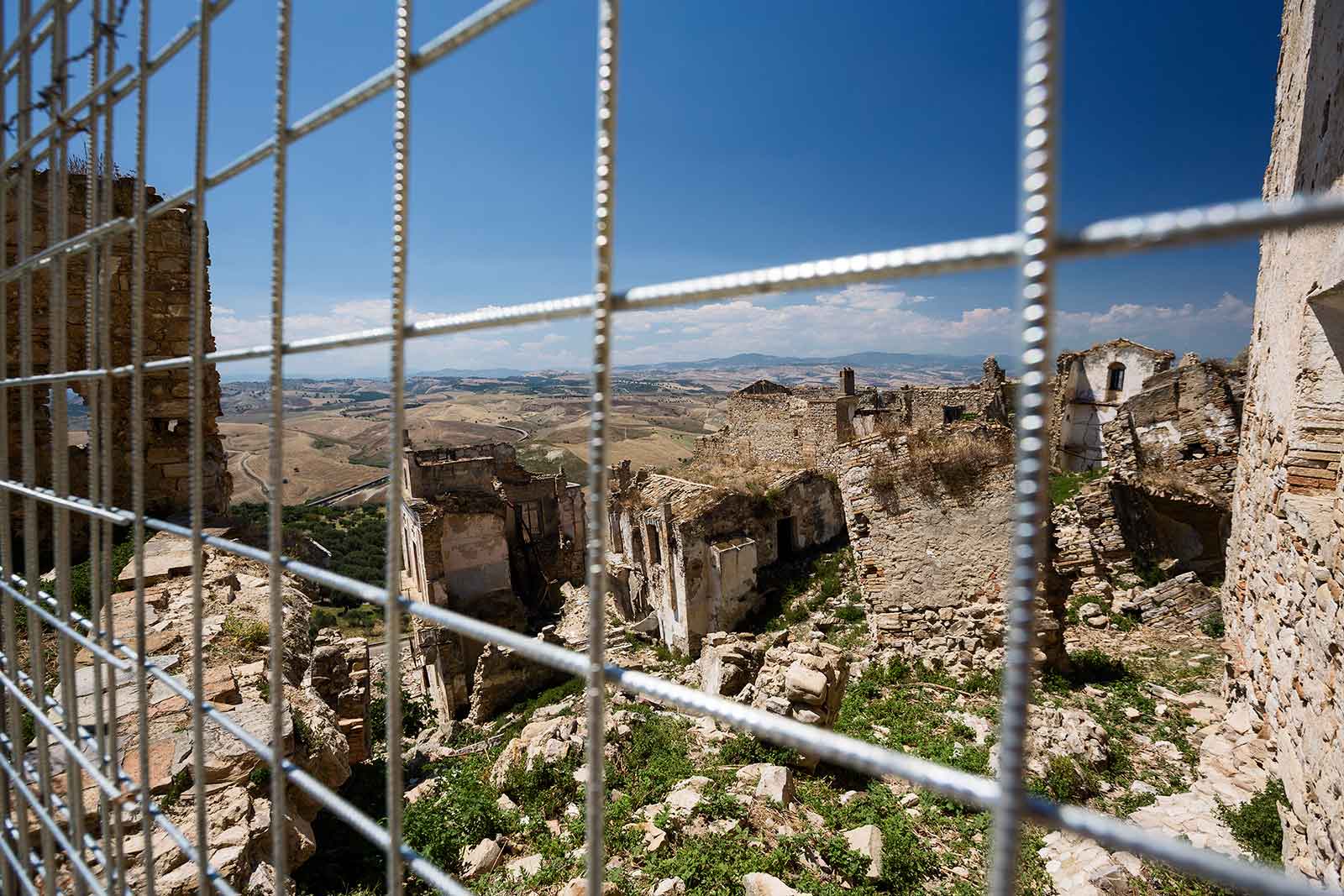
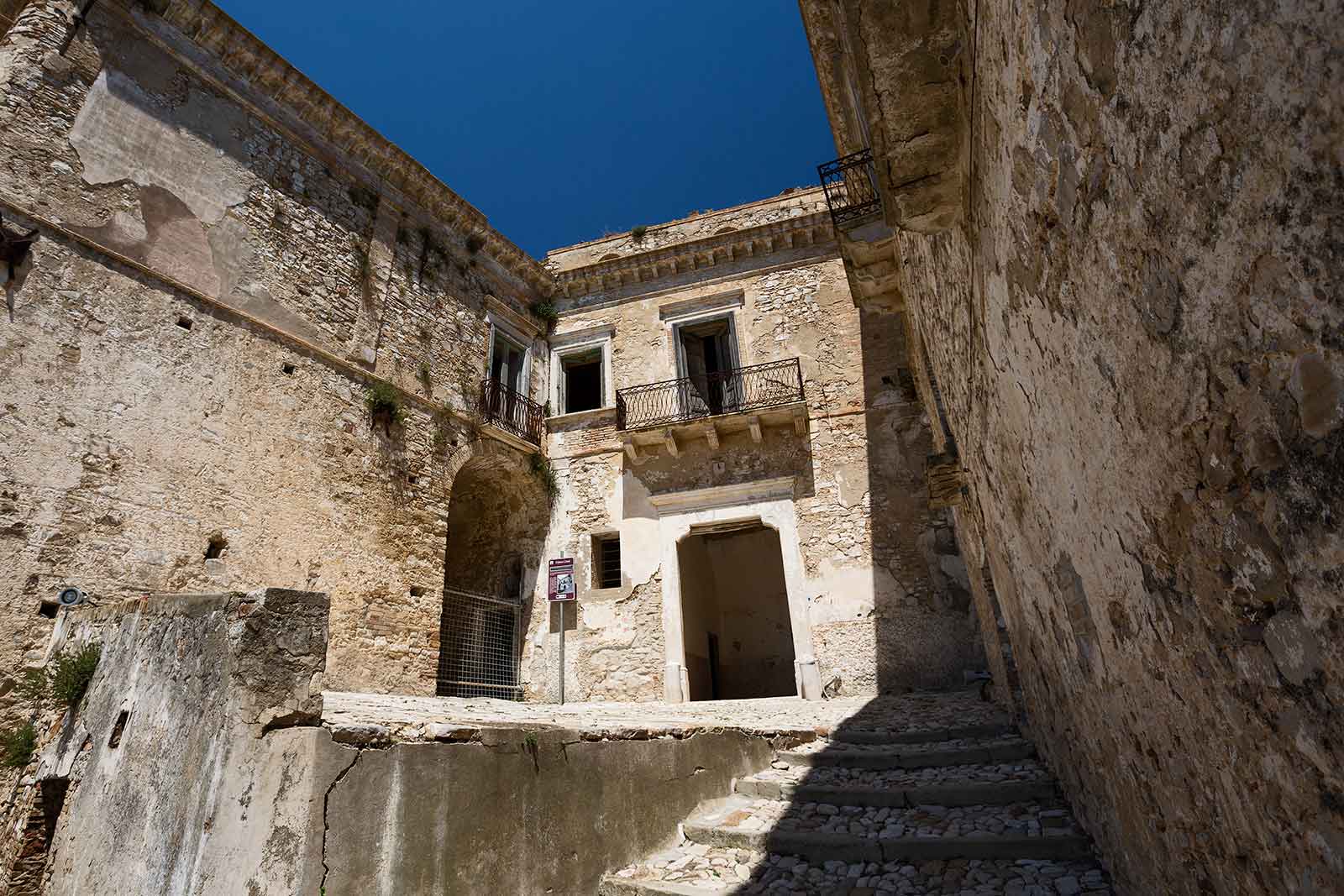
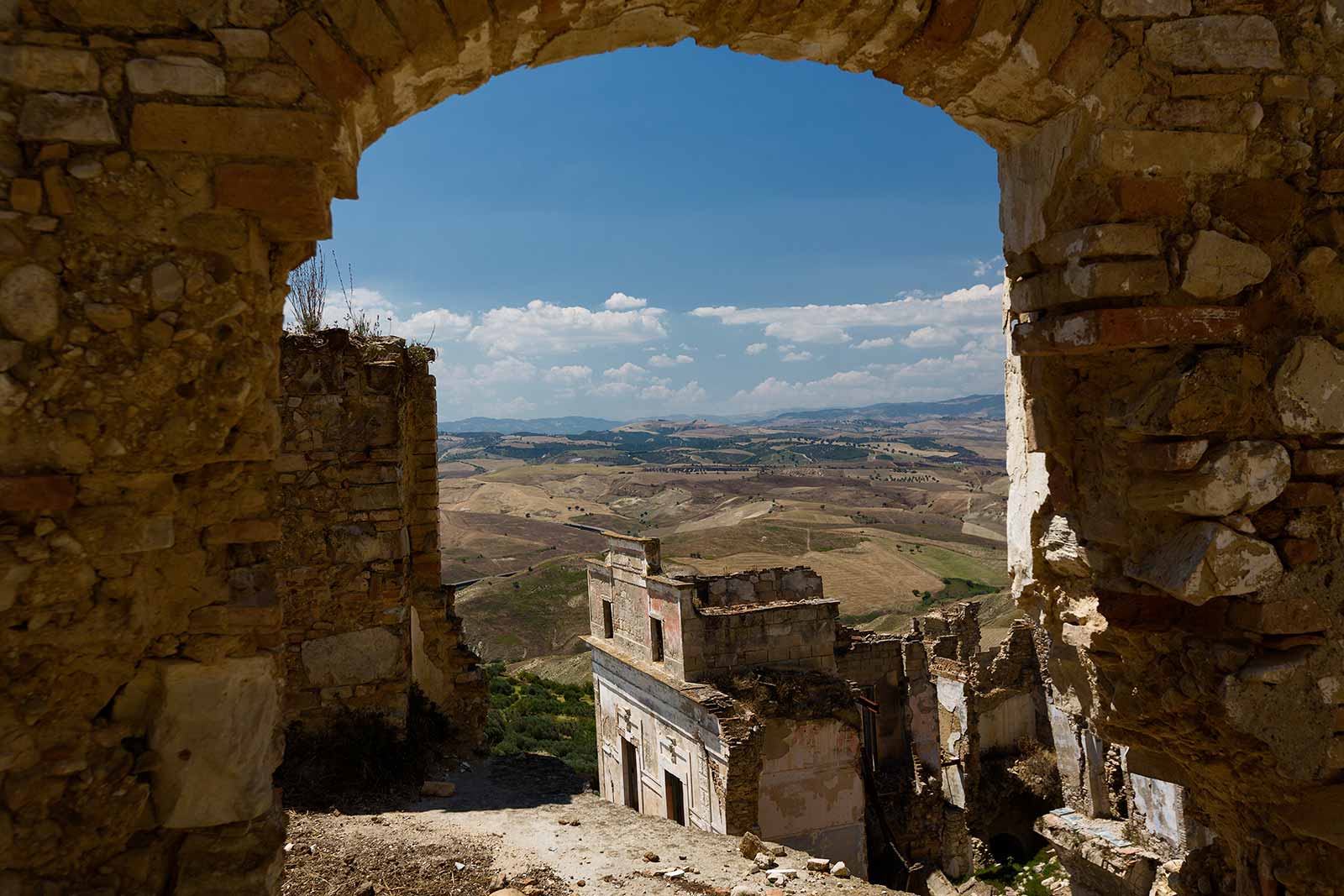
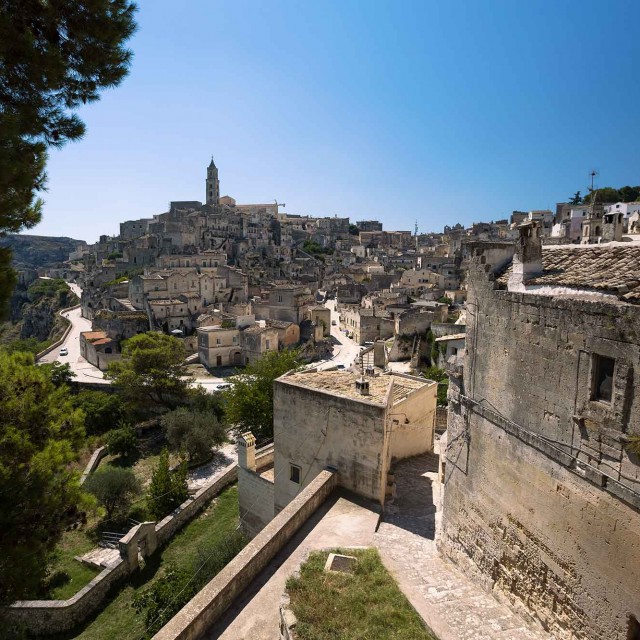
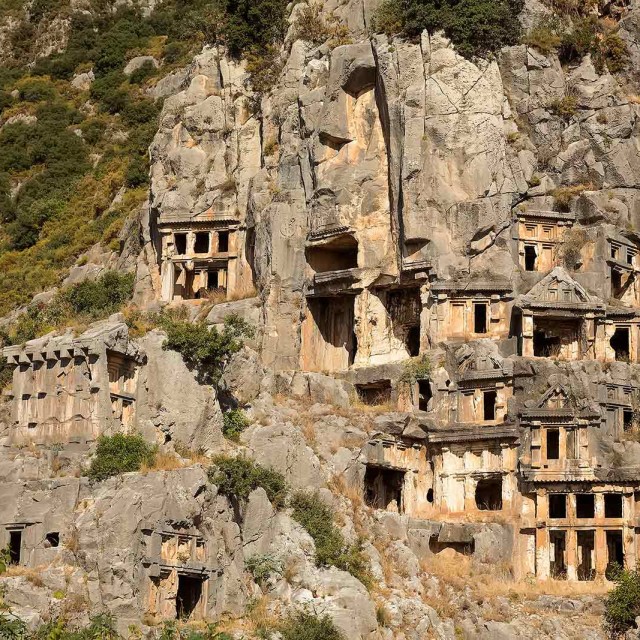
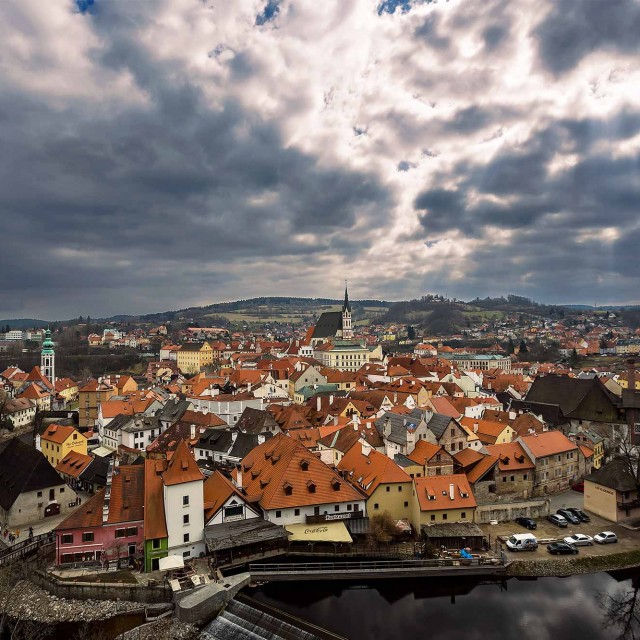
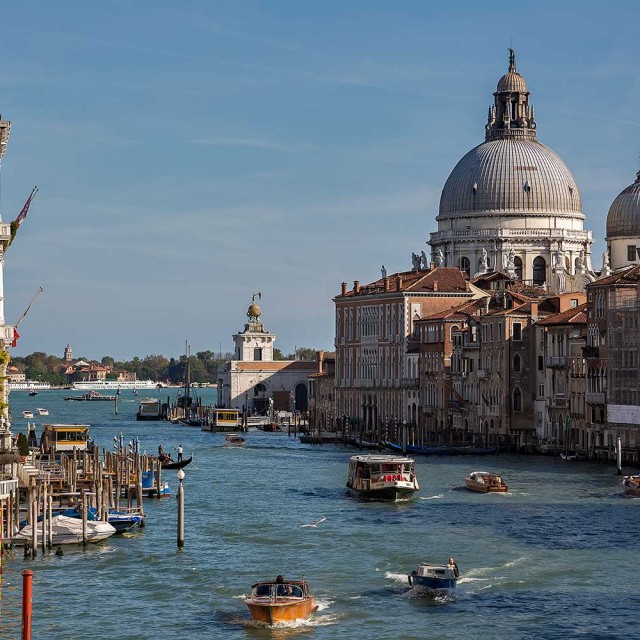
Join the Discussion
“Craco: A Ghost Town In Southern Italy.”
Hey Nick,
Thanks for this post. I got interested in your post as my wife and I are looking at going to Europe this summer and getting lost in a small village in southern italy has been on our minds for some time. However a ghost town isn’t what we have in mind. This is cool to see that places like this are out there and I always appreciate posts for the off-beaten-paths. Who knows this might end up on our list!
Cheers,
Mark
Hi Nisa,
Thanks for the awesome story and these amazing pics also.